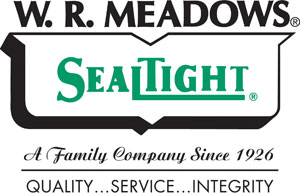
Competition Open: August 15, 2022 | Competition Closes: October 11, 2022
Daylighting is the deliberate and controlled use of natural light in buildings to allow for suitable amount of light to infiltrate through various building openings, including windows and skylights. There are many benefits for including daylighting into our buildings. Numerous studies have shown that that the health and productivity of people can increase with the quality of lighting in our buildings. There are also obvious energy saving benefits that come from reduced need to artificial electric lighting.
All of this makes for a compelling case to maximize daylighting strategies in schools where students and staff can benefit from reduced absenteeism, improved mood and productivity. This student competition is a case study of a school that recently underwent roof and skylight replacement. The client (school board) wanted to improve the thermal performance of the building without compromising the daylighting features of the building.
Your task will be to analyze a roof and skylight retrofit proposal for an existing school building, focusing on daylighting and energy efficiency, from the perspective of young Building Science Consultants. In groups of up to five (5), start by creating a name for your consulting company and assign team roles (i.e. project manager, cost manager, energy evaluator, daylight consultant, etc.).
The drawings of the existing school building that is undergoing a skylight and roof retrofit are available here.
The building is mass masonry construction, consisting of 4” block wall with 4” exterior brick, with gypsum board interior finishes and no insulation. The existing roof deck is made out of wood. Existing windows are aluminum framed, double glazed, air filled, no coating. The building also has existing single glazed domed skylights. Assume that the building has no cooling and no ventilation system, and the heating is provided by a boiler powered by natural gas. Assume that the same boiler system provides domestic hot water.
If you need to make any further assumptions about the construction of the building, please state them in your submission.
Option A
Include basic daylighting analysis using hand calculations/sketches or a software such as LITESTAR 4D Litecalc. Hand calculations should include calculations of sun angles at solar noon in January and July through skylights and windows. Compare daylighting levels with and without skylights, using hand or computer-generated sketches.
Option B
Include basic analysis of the overall annual heating cost of the entire building after the retrofit either using hand calculations or a software such as HOT2000. Assume that mechanical and electrical system upgrades are not part of the retrofit of the building. Provide comparison of annual heating costs before and after the retrofit, ideally shown in graph format. Alternatively, you can provide a basic analysis of hygrothermal performance of the existing and the proposed roof assembly based on the location of the dew point temperature (in January) or you can use a software such as WUFI.
Please list all references in APA format and included them in the appendix and/or the presentation slides, as required. FAILURE TO PROVIDE PROPER REFERENCES MAY BE CONSTRUED AS PLAGARISM AND MAY GET YOU DISQUALIFIED.
*Applicants are responsible for any travel expenses.
Judging Criteria |
|
Criteria for Assessment |
Marks |
|---|---|
Task 1Review and Analysis of Tender Drawings. The review should include identification and description of all key components of the building envelope and their performances (pros and cons) prior to the renovation (including exterior walls, windows, and roof). |
/ 10 marks |
Task 2Description of scope of renovation work based on the provided information and analysis included in Task 1. |
/ 10 marks |
Task 3Description of main two roof assemblies, their pros and cons in terms of assembly, cost and durability. |
/ 10 marks |
Task 4Provide description of the advantages/considerations of skylight addition to the renovation scope. Select two options from the Artistic Skylight catalogue that would be appropriate for the renovation. Compare and contrast the two proposed skylights based on thermal performance, cost, installation methods, details and ease of installation with respect to the roof assembly. |
/ 15 marks |
Task 5Complete basic heat flow analysis of the existing and the proposed building enclosure assemblies (walls and the roof) based on the made assumptions. The analysis to include but not limited to R-values and possible thermal bridges. Students to include assumptions and/or calculations for R-values for existing and proposed skylights based on a literature review and/or the manufacturer’s data. |
/ 15 marks |
Task 6Include section sketches of the proposed roof assembly at: a. Skylight i. Eavestrough |
/ 10 marks |
Task 7Students to include one of the following; Option A Hand or computer-generated sketches. Option B |
/ 15 marks |
Task 8Presentation Presentation which is complete, organized and flows well so that demonstrates the proposed retrofit strategy and energy savings. Also, higher marks will be awarded when the Group uses an excellent selection of material for presentation which includes any assumption(s), calculations and literature review in the Appendix. Marks will be awarded to the Speakers who work together as a team, identifying team members roles, professionally present themselves; speak in a clear voice, and at a good pace. In addition, they will use photographs, graphs, diagrams and sketches (where necessary); ensuring not too much text on a slide, uses a large legible font. Lastly, the Group will be marked on their presentation to ensure it is well timed (not too long, not too short). |
/ 15 marks |
Total |
/100 marks |
Diamond Sponsor
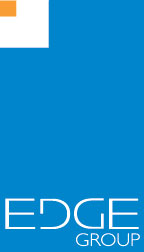
Emerald Sponsor

Emerald Sponsor
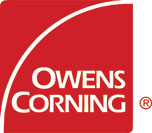
Emerald Sponsor

Emerald Sponsor
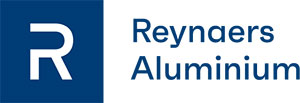
Emerald Sponsor

Gold Sponsor

Associate Sponsor
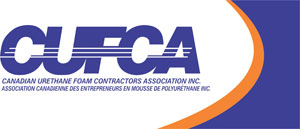
Silver Sponsor
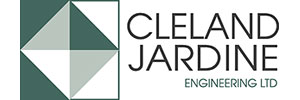
Silver Sponsor
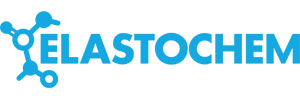
Silver Sponsor
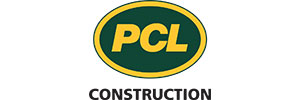
Silver Sponsor

Bronze Sponsor

Bronze Sponsor
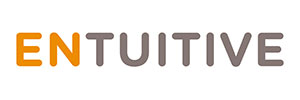
Bronze Sponsor
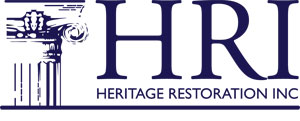
Bronze Sponsor

Bronze Sponsor
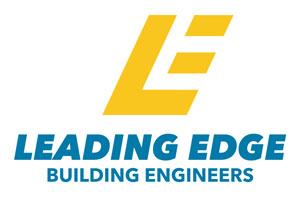
Bronze Sponsor
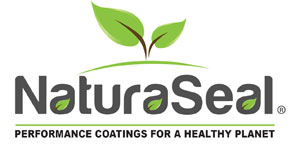
Bronze Sponsor

Bronze Sponsor
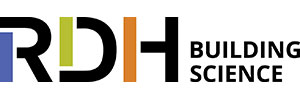
Bronze Sponsor
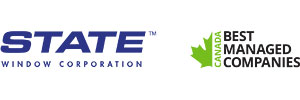
Bronze Sponsor
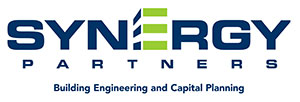
Bronze Sponsor

Bronze Sponsor
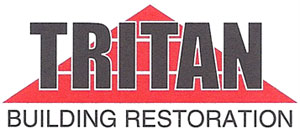
Bronze Sponsor
